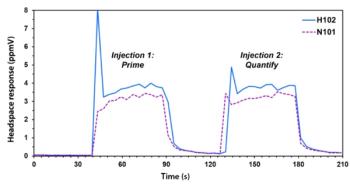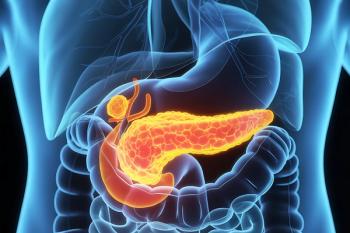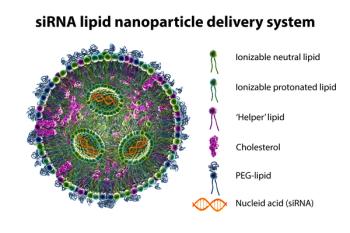
- LCGC North America-07-01-2015
- Volume 33
- Issue 7
LCGC App of the Month CEToolbox
The CEToolbox app is designed as a calculator for capillary electrophoresis.
APP NAME: CEToolbox
OFFERED BY: J. Pansanel
PLATFORMS: Android (requires 2.2 and up)
WHAT IT DOES: The CEToolbox app is designed as a calculator for capillary electrophoresis. According to the company, it aims to provide information about hydrodynamic injection, volume of the capillary, injection plug length, and quantity of injected analyte. The application reportedly works with any type of CE system.
COST: Free
Articles in this issue
over 10 years ago
Distorted Peaks – A Case Studyover 10 years ago
Flame Ionization: GC's Workhorse Detectorover 10 years ago
Gradient HPLC—One Invaluable Equationover 10 years ago
Challenges in the Determination of Protein Aggregates, Part IIover 10 years ago
Vol 33 No 7 LCGC North America July 2015 Regular Issue PDFNewsletter
Join the global community of analytical scientists who trust LCGC for insights on the latest techniques, trends, and expert solutions in chromatography.





